Exploratory Research Design: Secondary Data Chapter Outline
VerifiedAdded on 2021/06/30
|24
|1191
|176
Homework Assignment
AI Summary
This assignment outlines a chapter on exploratory research design, focusing on the use of secondary data. It begins by differentiating between primary and secondary data, then details the advantages, disadvantages, and evaluation criteria for secondary data. The outline covers the classification of secondary data, including internal and various external sources like published materials, computerized databases, and syndicated services. It delves into specific types of syndicated data from households and institutions, such as surveys, diary panels, and electronic scanner services. The assignment also touches upon combining information from different sources, international marketing research, ethical considerations, and the application of secondary data, including computer mapping. Key terms, concepts, and acronyms are also included to facilitate understanding. The chapter aims to provide a comprehensive overview of secondary data sources and their applications in marketing research.
1 out of 24

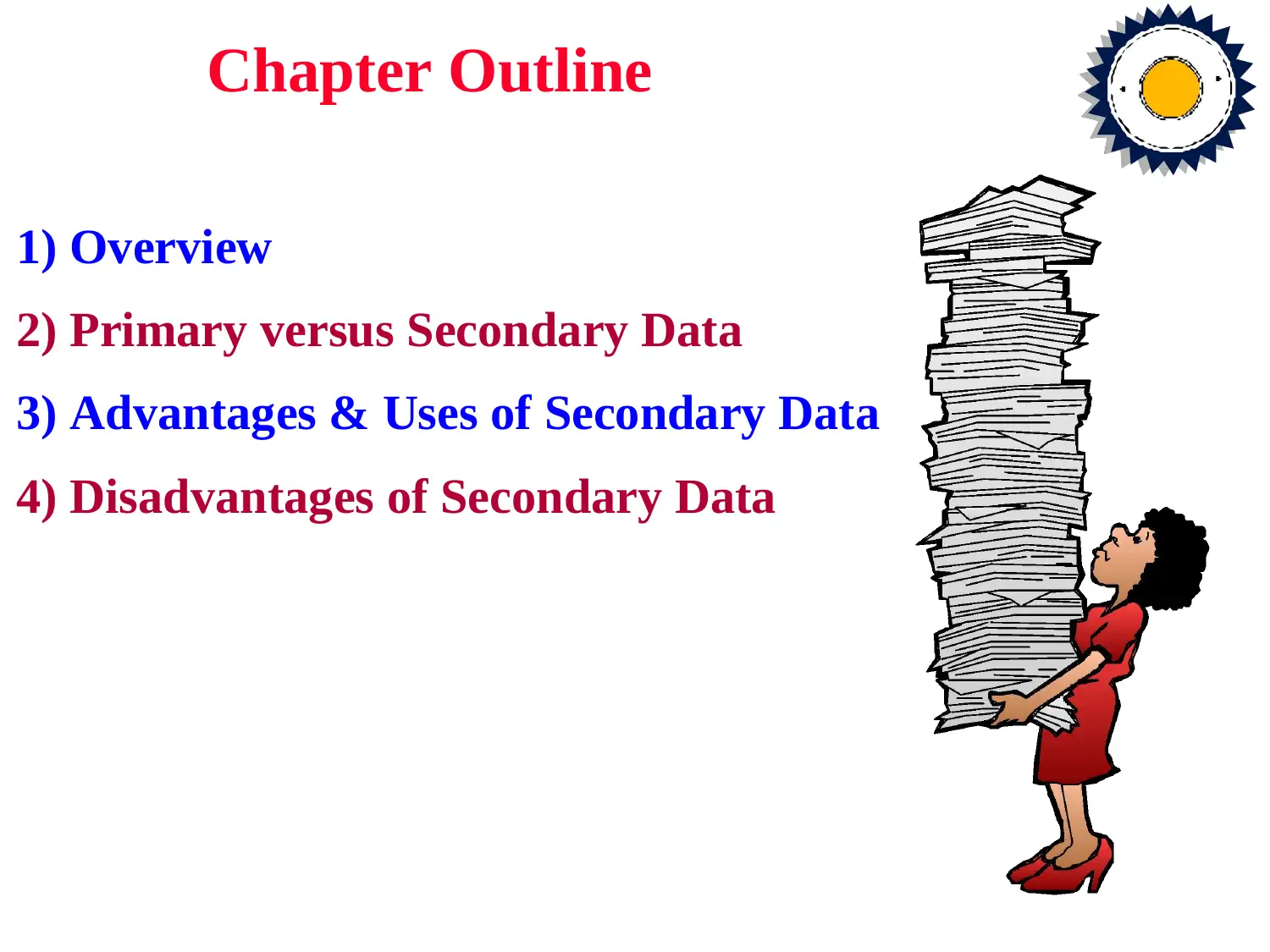
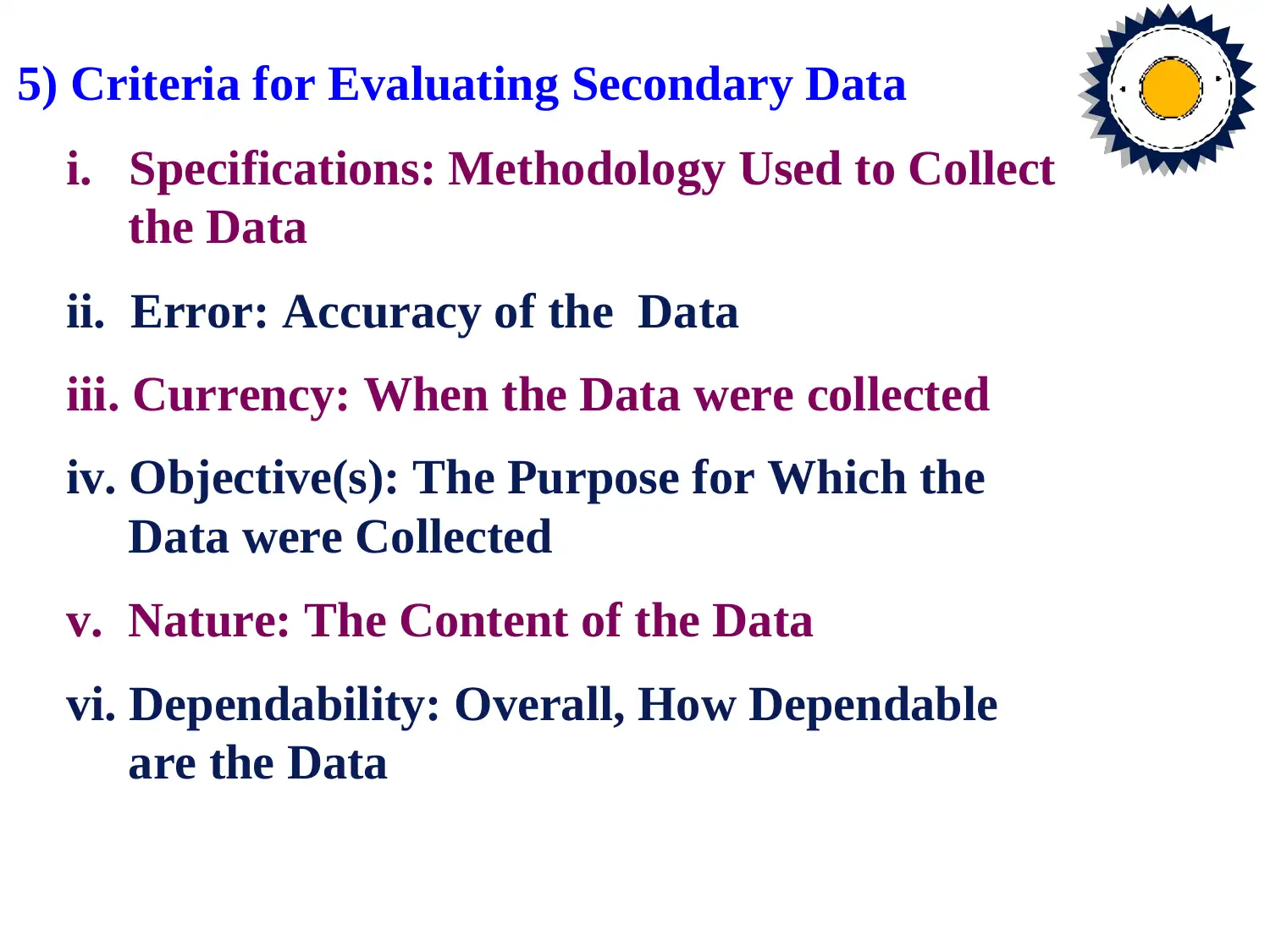


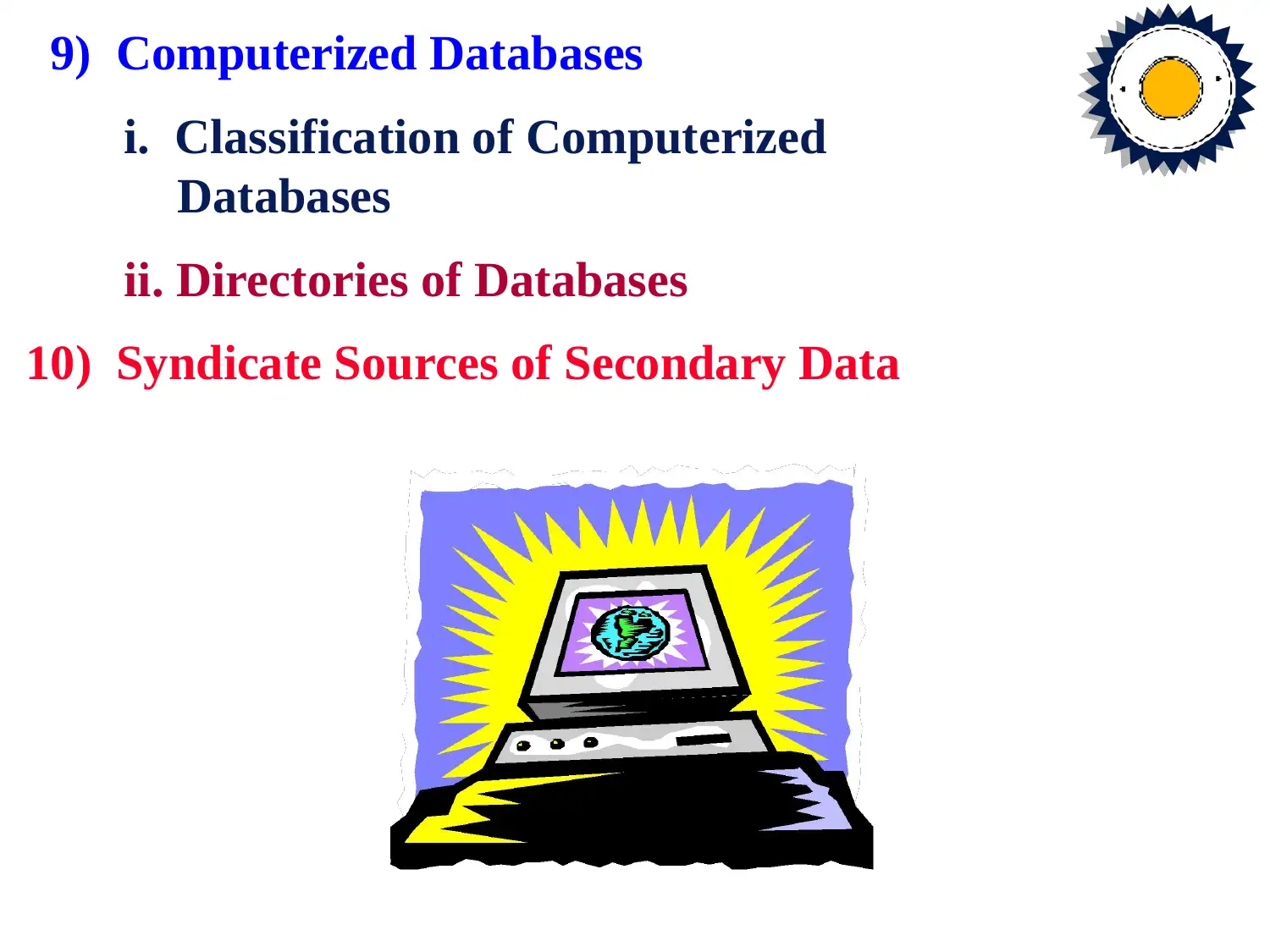
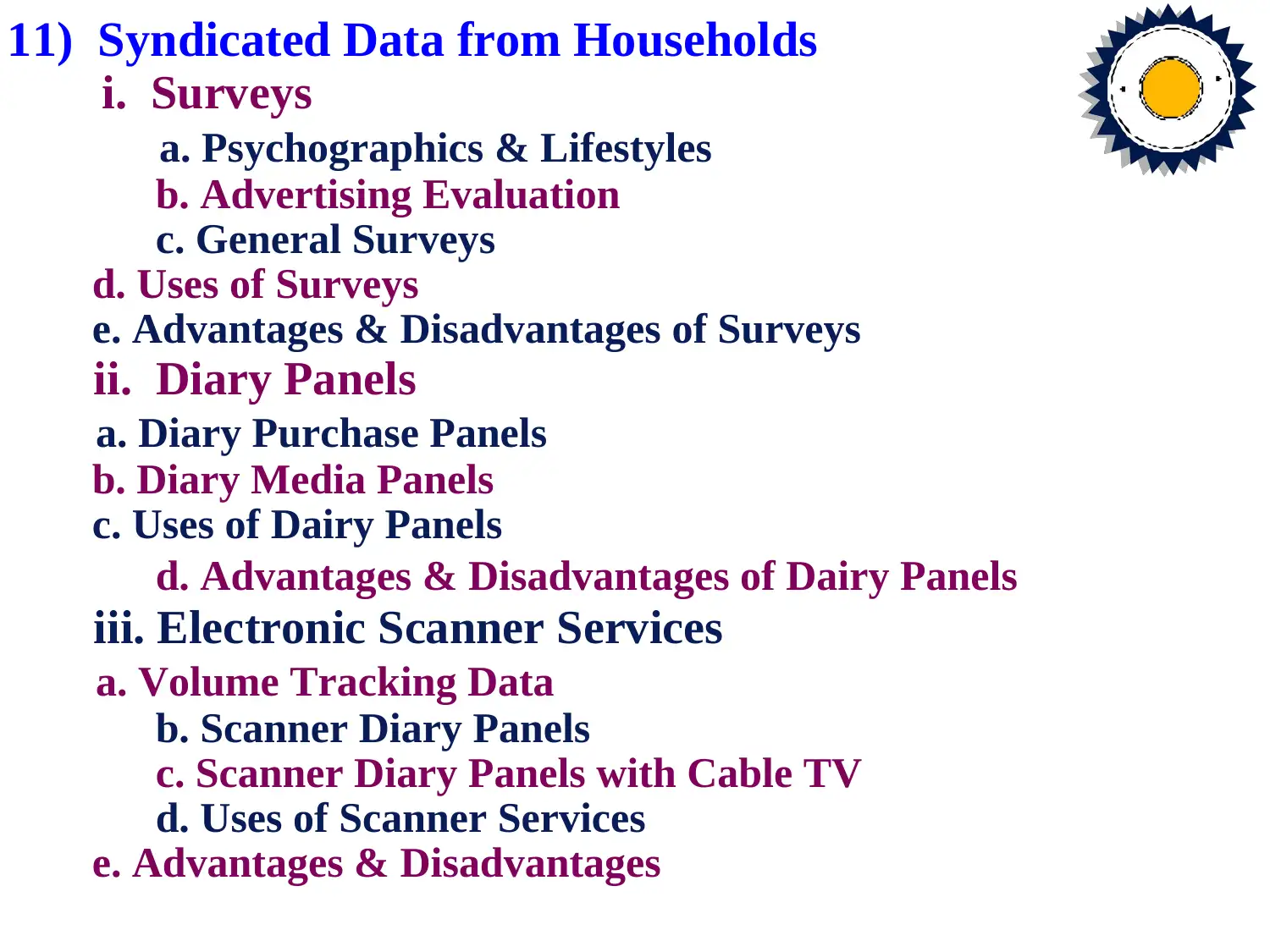
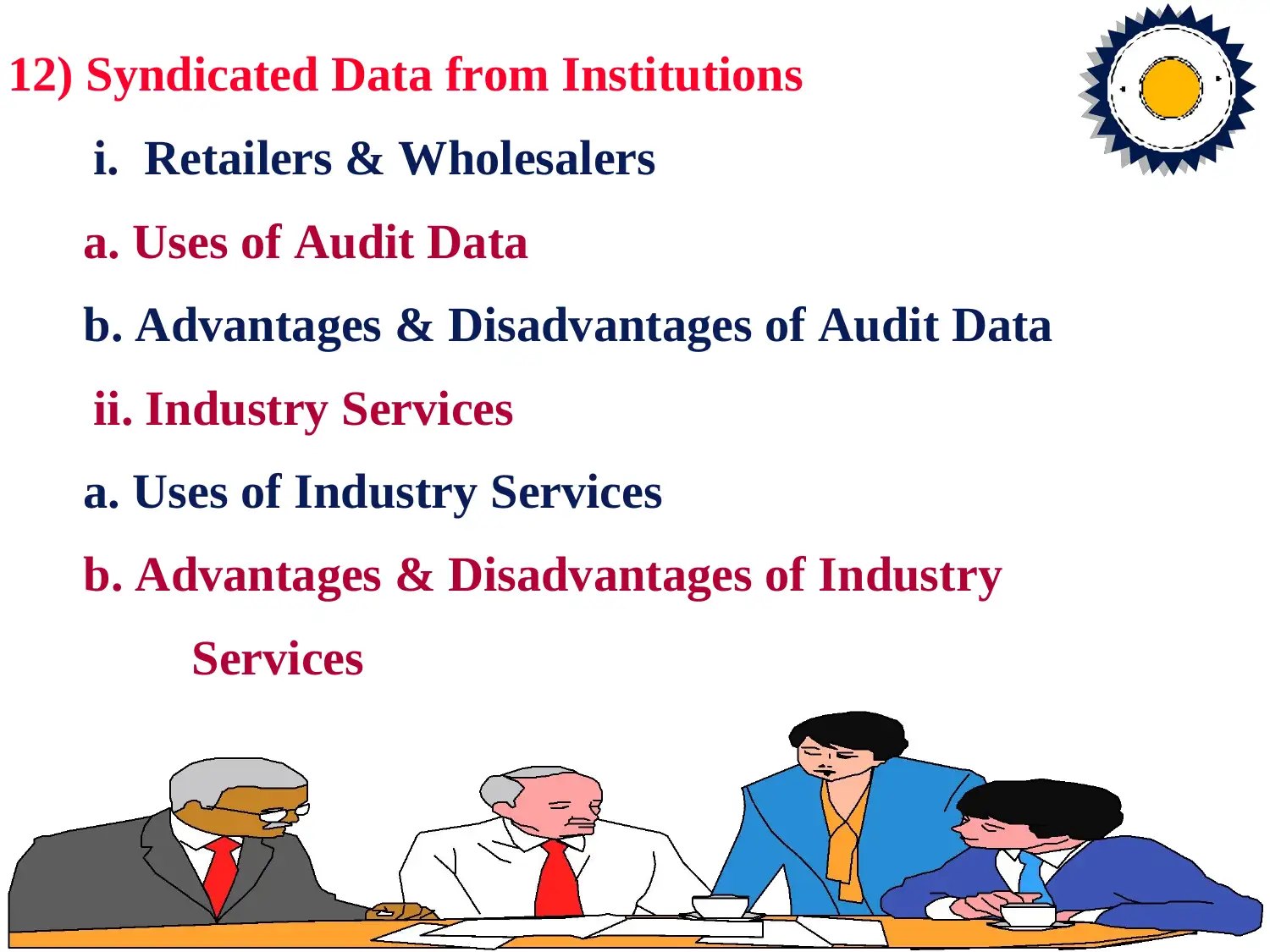
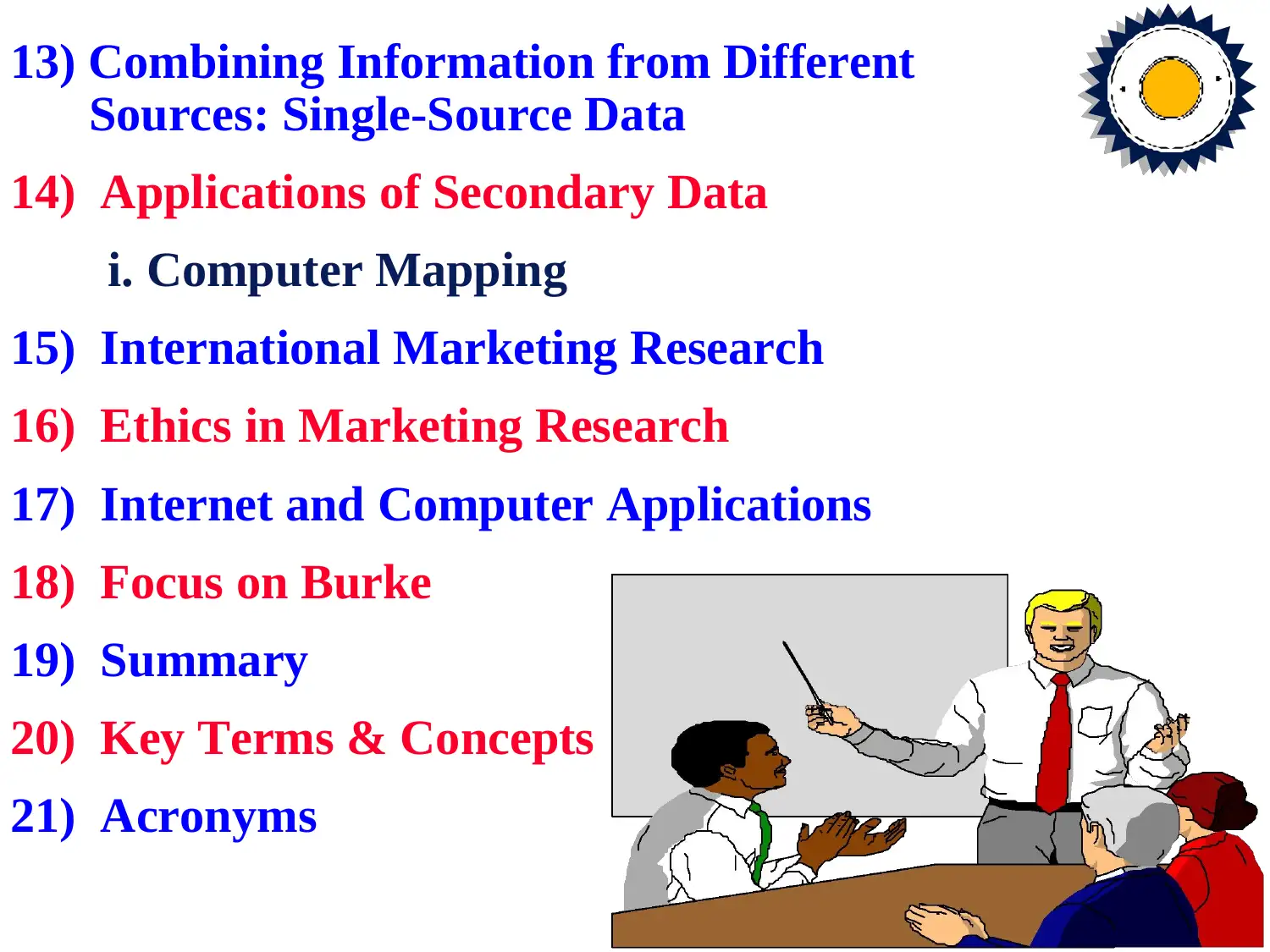


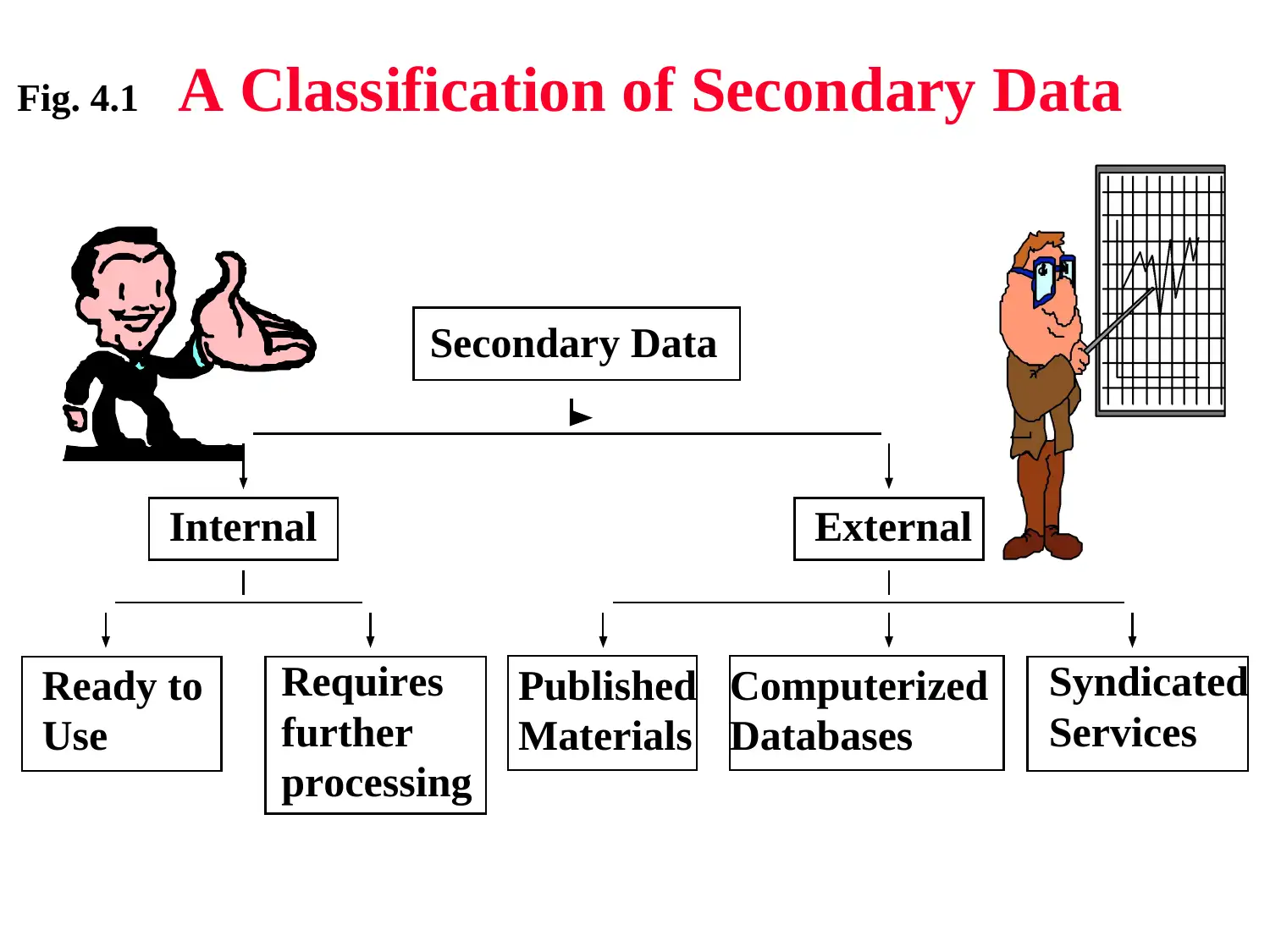
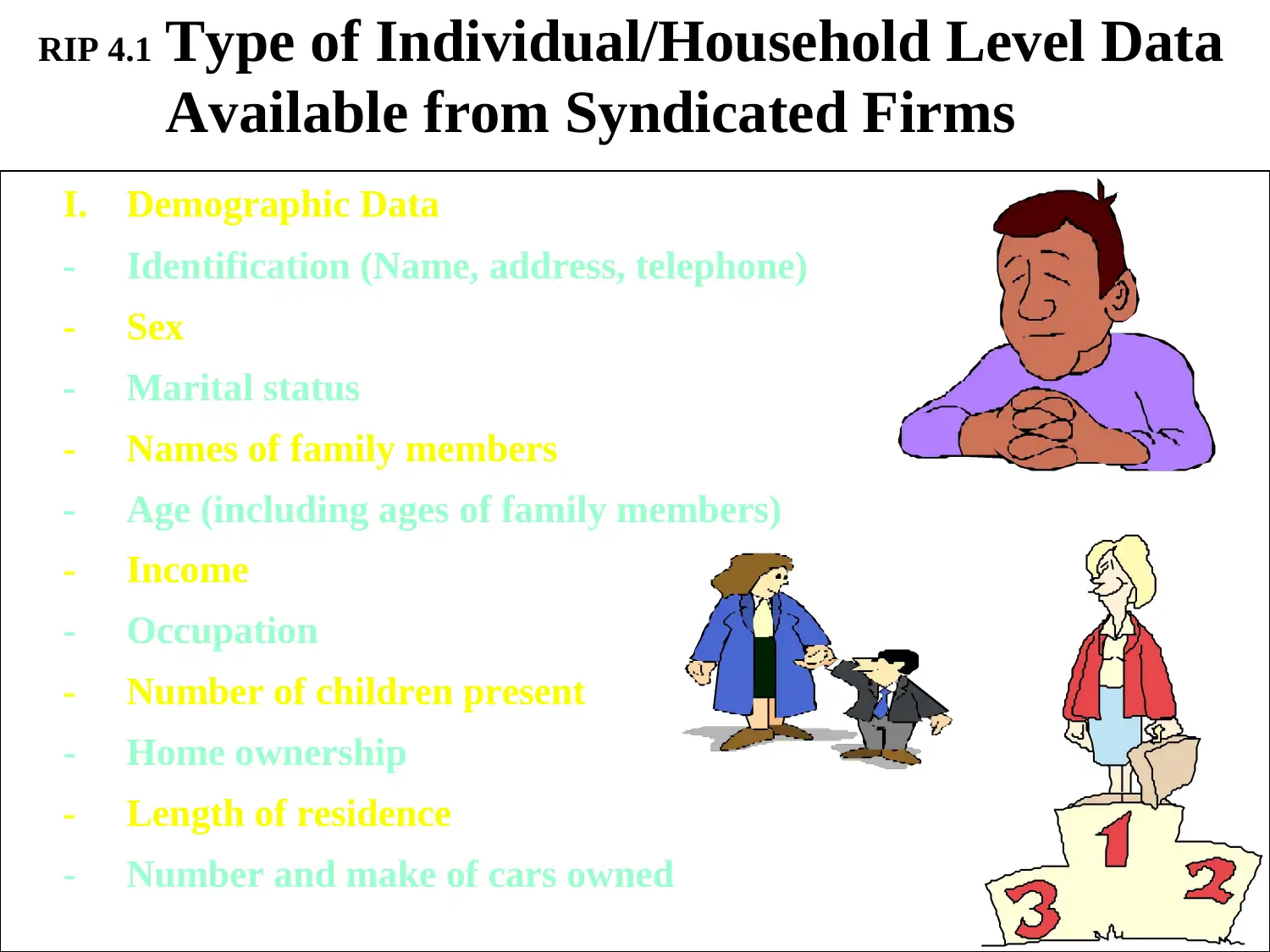


![[object Object]](/_next/static/media/star-bottom.7253800d.svg)